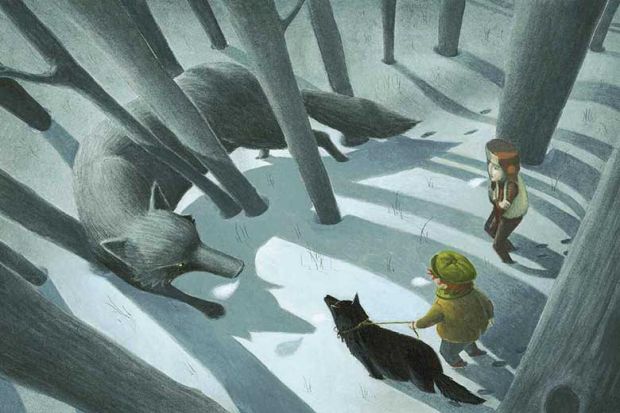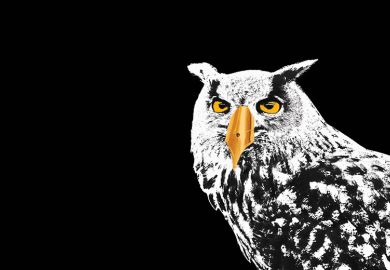What is it about feisty young girls and wolves? They seem to have been running wild through children’s fiction over the past few years.
Take Katherine Rundell’s The Wolf Wilder. This takes place in pre-revolutionary Russia, when aristocrats captured wolf cubs and kept them as pets, forcing them to wear golden chains and eat caviar. Eventually, “go[ing] mad at the imprisonment”, they started to “bite off and eat a little piece of someone who was not expecting to be eaten” and so get sent back to the forest for “rewilding”. That is the task taken on by “a wild and stormy girl” called Feodora and her mother, although a vicious imperial general is determined that their wolves must be killed…
In Janina Ramirez’s Riddle of the Runes: A Viking Mystery, meanwhile, 12-year-old Alva has “a hunger for investigating mysteries”. When a crime is reported, she and her pet wolf Fenrir are the first out on to the mountains in the dead of night looking for clues. And Clémentine Beauvais’ La Louve is a sort of dark folktale in which a villager has killed a wolf cub to make a coat for his daughter and the witchy mother wolf has put a fatal curse on the girl. The only hope is for her friend Romane to don the wolfskin and convince the mother that her cub is still alive…
Along with the lupine links, however, these books have something else in common: all were written by academics. Both Rundell and Ramirez are based at the University of Oxford, while Beauvais spent many years at the University of Cambridge before moving to the University of York, and thus they seem to form part of a tradition.
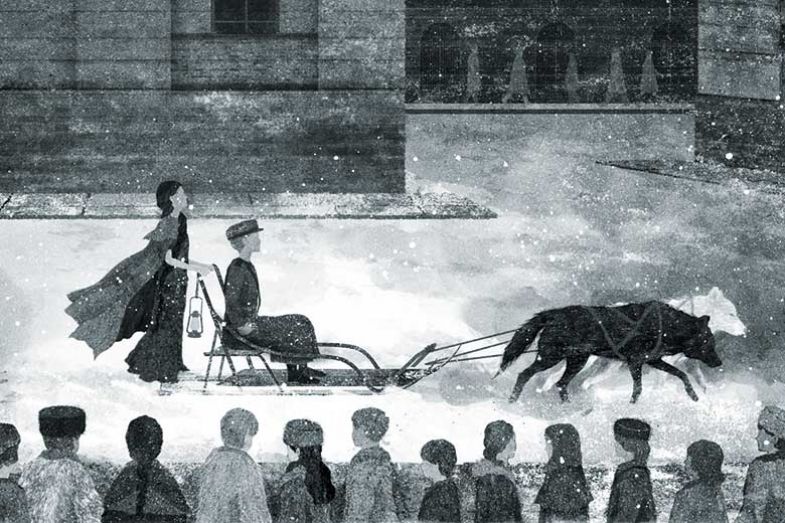
Katherine Rundell, The Wolf Wilder, illustrated by Gelrev Ongbico (Bloomsbury)
It is well-known that much classic English children’s writing was produced by Oxford dons, and many people have speculated as to why this might be. Did the “research interests” of Lewis Carroll, J. R. R. Tolkien and C. S. Lewis – in mathematical puzzles, obscure languages, Nordic mythology and religious allegory – shape their fictional imaginations? Was there something about Oxford itself, its strange rituals, hearty masculine friendships, the not-quite-adult aspects of college life, that encouraged them to turn to fantasy? (Philip Pullman, who sets many of his works in a magical version of Oxford, once explained that it was a place where “likelihood evaporates”, partly because “the mists from the river…have a solvent effect on reality”.)
There are also some broader questions. Certain kinds of academic research – a historian trying to unravel the intrigue in a royal court, for example, or a zoologist working out the power structures within a group of animals – use empathy as well as deep knowledge to try to piece together a whole society. Perhaps there is a parallel here with what novelists do. Yet, given the pressures to produce other forms of writing, just why have some academics turned to fiction, and children’s fiction at that? Do they keep their academic and creative writing in separate compartments or is there a more organic connection between the two? Can their fiction draw directly on their research, popularise it or perhaps inspire a new generation with a passion for their discipline? And do universities themselves sometimes provide a source of inspiration?
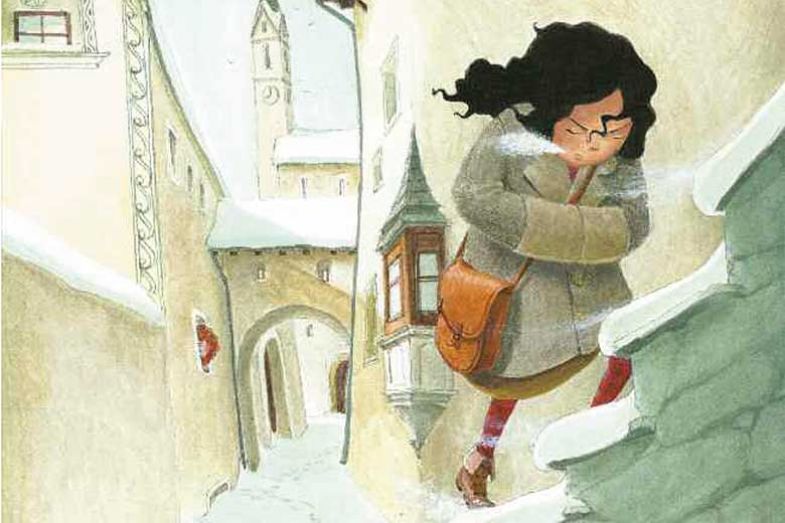
Clémentine Beauvais, La Louve, illustrated by Antoine Deprez (Alice Jeunesse)
Ramirez, director of the certificate and diploma in history of art at Oxford’s department for continuing education (and a well-known television presenter), always wanted to write children’s fiction and her research provided her with the perfect subject matter. “After years imagining the Viking world through historical research, I found creating a fictional version of it a pleasure rather than a chore,” she says. “I did additional research: for example, what Alva would eat for breakfast or how a Viking lock worked. But the tapestry I’ve woven my characters into is one I feel comfortable within. To me, it’s not imagined. It’s real and I see it vividly when I visit ancient sites, hold a medieval manuscript or touch a Viking longsword.”
Vikings have something of an image problem, and perhaps especially among girls, so Ramirez hopes to shatter a few stereotypes and to show that theirs was “not an Asterix-style world of tough beardy warriors (or, at least, not only). I wanted to make a version of this world that was full of complexity, and also full of women! There are fascinating discoveries being made at the moment that put women at the heart of Viking society, particularly with the realisation that the Birka warrior grave [a Viking grave discovered in Sweden in 1889] was actually that of a shield maiden [a female warrior]. It is up to historians and writers of historical fiction to put women firmly at the heart of this traditionally macho and military society. Alva is my attempt to balance centuries of misconceptions [as well as someone] modern girls can, I hope, identify with and enjoy!”
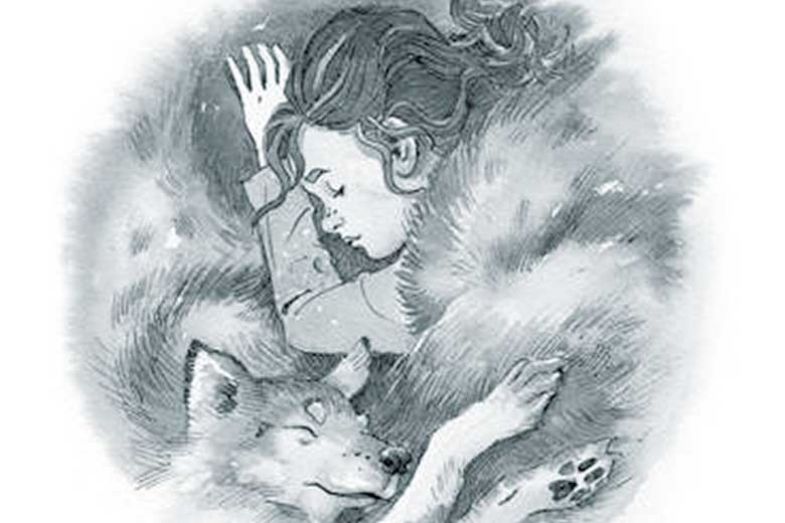
Janina Ramirez, Riddle of the Runes, illustrated by David Wyatt (Oxford University Press)
Tom Moorhouse, a postdoctoral researcher in the Wildlife Conservation Research Unit, again at Oxford, also makes direct use of his research into water voles.
“Writing fiction is a terrible affliction that means I’m not happy unless I’m doing it,” he explains. But when he wrote a novel and submitted it to the woman who has now become his agent, she “suggested I write an animal story, given what I did for my day job”. That story went on to become The River Singers, his 2013 debut novel about a family of water voles that The Daily Telegraph described as “gripping and moving”.
What Moorhouse soon discovered, much to his surprise, was that “I naturally write for 8-12-year-olds. If I write in my ‘natural’ voice, that’s where I come out…I’m not sure what this says about me, but there you go. I’m happy to embrace that, and don’t really feel that I have to hold back on much that I’d want to say – that age range is really able to be pushed into some quite challenging places as long as the story will support it.”
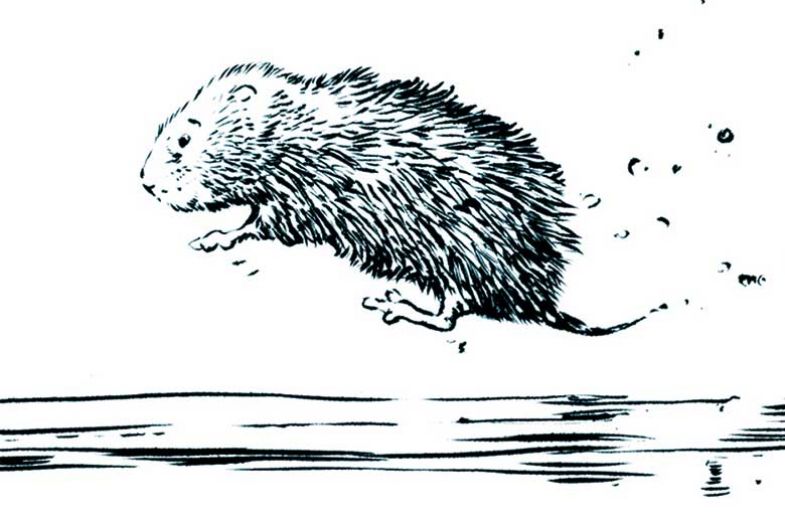
Tom Moorhouse, The River Singers, illustrated by Simon Mendez (Oxford University Press)
He managed to write The River Singers in a mere five months, because “I’d done my research (eight years of it, in fact). And so when it came to describing the landscape and the lives of the animals I barely had to think about it – I just described my experience of living and working in the fens, and what it’s like to be by the water’s edge early in the morning, and how I’d seen water voles act and my understanding of why that was.” His 2016 book Trickster, in which the main characters are rats, “still feels a bit more like a fantasy book, because I didn’t have quite such deep knowledge”.
While primarily designed to entertain, Moorhouse also hopes that his books act as a form of “stealth education”, as he puts it. “I often get children to imagine a line running from human – wearing clothes, driving cars, living in houses – to water vole – scurrying about trying not to die in the reeds. All animal fiction falls somewhere along that continuum. [Kenneth Grahame’s] The Wind in the Willows is right at the human end: they drink beer and have swords and caravans. What I wanted was to write about the lives of water voles as closely as I could get to reality while still being a fun adventure story…It’s vitally important that your characters are human enough to speak and so have personalities, but that’s as human as I was willing to go.” Hence, all the details about how water voles live are correct. And this, Moorhouse thinks, puts his books in a more educative category than the majority of animal fiction, which “tends to be social commentary or whimsy, not least because it’s easier to write that way than to go out and acquire the depth of knowledge necessary to write about the reality”.
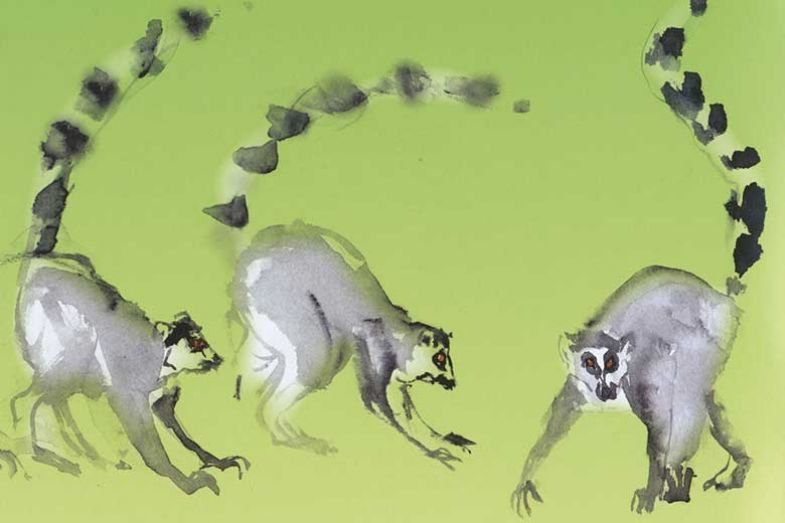
Alison Jolly and Hantanirina Rasamimanana, Tik-tik the Ringtailed Lemur, illustrated by Deborah Ross (Lemur Conservation Foundation)
Other books incorporating genuine animal research are the Ako series by the late Alison Jolly, a researcher on lemurs who had long links with the University of Sussex. The first, Ny Aiay Ako (or Ako the Aye-Aye), was published by the Lemur Conservation Foundation in 2005, according to education manager and primate keeper Katie Virun, in a colourful bilingual edition designed to “encourage children in Madagascar to learn about the amazing biodiversity of their island and the importance of protecting the environment”. It was followed by five more picture books, each featuring a different species of lemur, where the details are “scientifically sound” and draw directly on Jolly’s research, used as part of an educational programme to raise awareness of the foundation’s goals.
More unusual, perhaps, is for research in the social sciences to feed into children’s fiction. Rowan Oberman, co-director of the Centre for Human Rights and Citizenship Education at Dublin City University, was the lead author of a report for the Education for a Just World partnership in Dublin, titled Children’s Global Thinking. This explored how Irish “children aged seven to nine years conceptualise global and justice issues” and revealed their predictably limited understanding of Asia and Africa, and of the complex links between “developed and developing countries”. In order to encourage deeper reflection, Oberman produced a brightly illustrated book called Farid’s Rickshaw Ride, in which a boy in Bangladesh prepares for the visit of a cousin from Ireland. Although mainly intended as an educational resource, it also works perfectly well as a touching story in its own right.
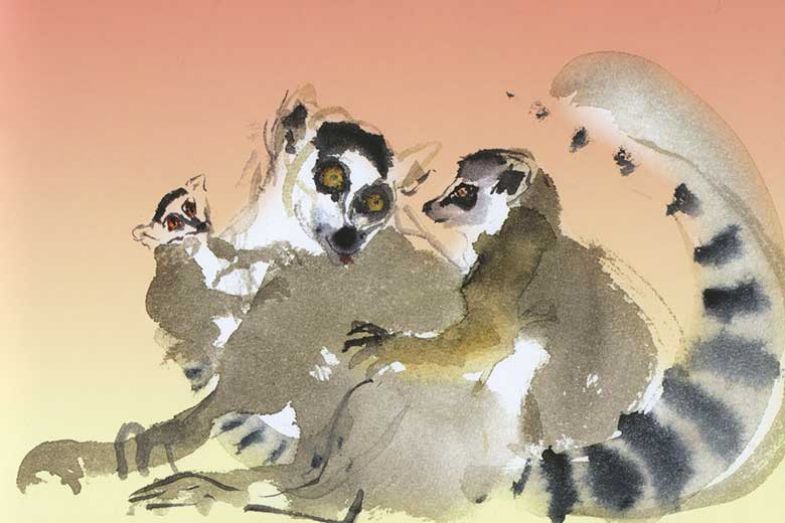
Alison Jolly and Hantanirina Rasamimanana, Tik-tik the Ringtailed Lemur, illustrated by Deborah Ross (Lemur Conservation Foundation)
Some established writers of children’s fiction teach creative writing in universities. Others find different ways to feed their work as “practitioners” back into their teaching and research.
When Catherine Butler, senior lecturer in English literature at Cardiff University, got her first academic post teaching Renaissance literature in the early 1990s, she “saw it as a day job to tide me over until I got my big break and could become a professional children’s writer; I was quite ignorant of the economics of that profession”.
Her first novel The Darkling was finally published in 1997, the same month as J. K. Rowling’s first Harry Potter book. “When, shortly afterwards, an opportunity arose to design a temporary teaching module on a topic of my choice, I made it about children’s fantasy literature,” she says. It proved popular enough that it was made permanent – kept afloat not only by my dazzling pedagogy but on the then-rising tide of Pottermania. I gradually moved my research activities into that area as well, and by the turn of the millennium had reinvented myself as a children’s literature academic.”
She is convinced that her authorship, under the name Charles Butler, of two ghostly fantasy novels aimed at children aged 10-13, as well as four for young adults, has only benefited her research for critical academic studies, “because it allowed me to establish a personal relationship with some of the authors I was writing about, and because it gave me a wider perspective on the professional contexts of writing. Publishers, agents, markets and editors loom large in the lives of most professional novelists; in the work of tenured academics, not so much.” She has “never felt that there was any great divide between reading as a kind of ‘apprentice’ and reading as critic or analyst”.
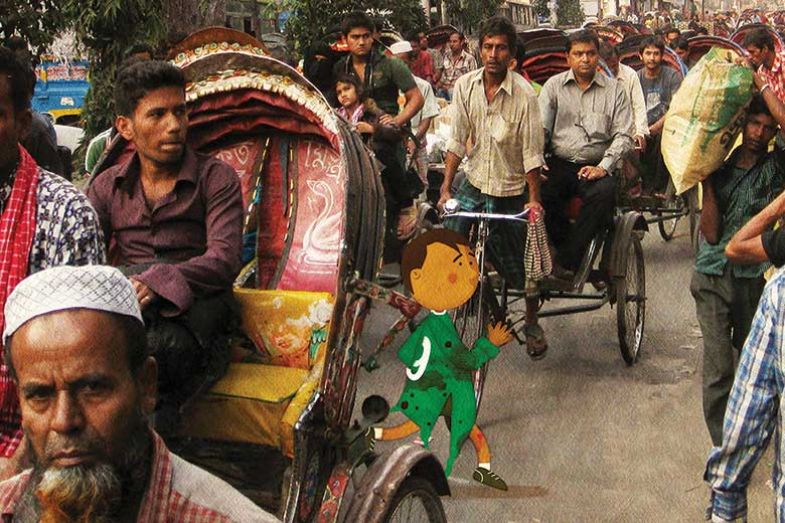
Rowan Oberman, Farid’s Rickshaw Ride, illustrated by Jennifer Farley (Education for a Just World)
Rundell, whose books have already won several prizes, is a fellow of All Souls College in Oxford and describes herself as a “para-academic”. She is not required to submit work to the research excellence framework but is researching a book about the poet John Donne as well as preparing an edition of his works.
While she is clear that her “children’s fiction certainly isn’t designed to publicise my research”, she also notes that “it’s impossible to spend years studying and living alongside a writer without it colouring the way you think about literature and language – and so there are hidden Shakespeare and Donne jokes in my novels. To study Donne is to come to believe in the value of writing that has layers of allusion and meaning that can be undug like treasure and cracked open like a safe – and so I believe, fervently, in the value of challenging children.”
Furthermore, Rundell feels that “a few of my adult characters were shaped by the best side of Oxford scholars – the wry kindness, the shrewd scholarliness”. And she was also inspired by a 1937 book called The Night Climbers of Cambridge to embrace the Oxbridge tradition of getting out on to college roofs. This feeds very obviously into Rooftoppers, in which a baby called Sophie is discovered floating in a cello case after a shipwreck. Her quest to find her mother eventually leads her into a dizzying world of feral children living on the rooftops of 19th-century Paris.
Beauvais, lecturer in English and education at York, is also a prolific author, in both English and French, in genres ranging from picture books to young adult fiction. An example of the latter is the self-translated Piglettes, a story of three girls who embark on a road trip after being voted the ugliest in their class on Facebook.
For a long time, Beauvais “tried to keep [the] two aspects of my life separate from each other”, since she wanted to avoid “overthinking things” in her own writing. But she now realises that she “can’t spend my life segmenting research and writing as if there was no cross-fertilisation; it’s simply not true”.
Her research focuses on discourses about childhood and when she writes she draws on “all my knowledge and analysis of children’s fiction, much of which I’ve done in my research career. And when I write about children’s literature or translation, I’m now more comfortable with allowing myself to think about it as a practitioner too. I’m increasingly often invited to talk about both theory and practice of children’s literature and translation – so my field of expertise and professional identity have become, in recent years, much more stamped by that duality.”
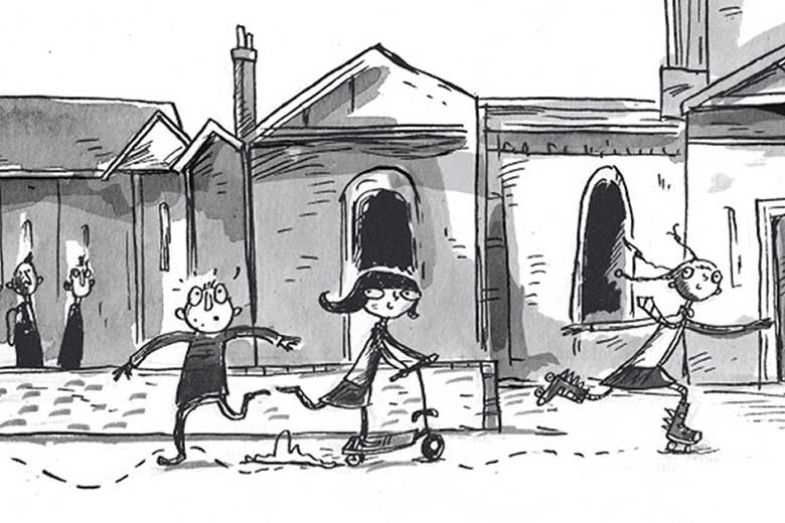
Clémentine Beauvais, Sleuth on Skates, illustrated by Sarah Horne (Hodder Children’s Books)
One of Beauvais’ ongoing series of books in English is the Sesame Seade Mysteries, starting with Sleuth on Skates. The 11-year-old heroine lives in Christ’s College, Cambridge, the daughter of the head of college and the chaplain. Her resourcefulness and common sense eventually prove much more effective than academic unworldliness in unravelling a plot involving – spoiler alert – corporate infiltration of universities and the abuses of spyware.
Seade’s creator also used to be based in the same college and remembers coming up with the series while she was “walking around Cambridge and thinking of how much I’d like to be pluckier than I was, as well as smaller and freer, and able to roam around the place discreetly. To me, that was the start of it – the architecture, the secrets. Then I created a sleuth character in the vein of a famous French series from the 1970s, Fantômette, and with the kind of humour of Pippi Longstocking...So for me, while Sesame is very Cambridge and certainly very anchored in that space, she also has strong roots in other children’s texts.”
Despite the influence of Cambridge in this particular case, Beauvais resists the notion that there is something special about academics and universities that makes them particularly suited to children’s imaginative fiction, claiming that “Most writers I know who aren’t full-time writers are teachers, librarians, booksellers, editors, journalists... so they have a career that revolves around the written word. It’s a logical choice if you want to spend a lot of time in and around books. Being an academic is just one such career.”
She may well be right – there are obviously many fine children’s writers who are not academics. Yet it also seems appropriate to celebrate today’s successors to Lewis Carroll and C. S. Lewis and the wonderful stories they are weaving for us about ghosts and girls, water voles and wolves.
POSTSCRIPT:
Print headline: Scholars who run with the wolves
Register to continue
Why register?
- Registration is free and only takes a moment
- Once registered, you can read 3 articles a month
- Sign up for our newsletter
Subscribe
Or subscribe for unlimited access to:
- Unlimited access to news, views, insights & reviews
- Digital editions
- Digital access to THE’s university and college rankings analysis
Already registered or a current subscriber?
